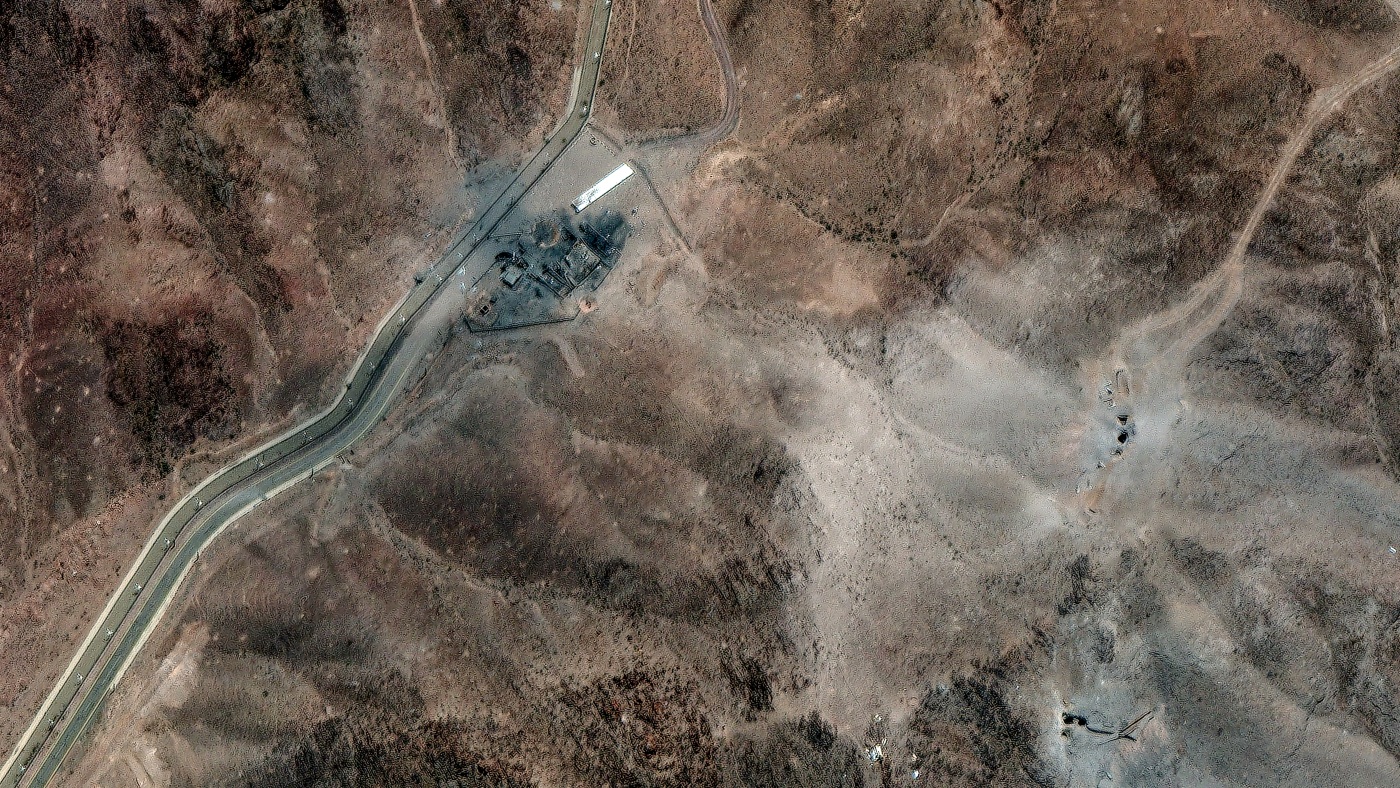Do animals fall for optical illusions? It’s complicated.

Chances are you’ve encountered a version of the “Ebbinghaus illusion,” in which a central circle appears smaller when surrounded by larger circles and appears larger when surrounded by smaller circles. This is an example of context-dependent size perception. But is it unique to humans or are some animals also susceptible to it? According to a new paper published in the journal Frontiers in Psychology, this might depend on the specific sensory environment, since the illusion relies on contextual cues to be effective.
Previous research has produced mixed results on the issue of animals and their susceptibility to optical illusions, according to the authors. Dolphins, chicks, and redtail flippers appear to be susceptible, for example, while pigeons, baboons, and gray bamboo snakes are not.
Perhaps the best-known example is cats’ undeniable love of boxes and squares: the “if it fits, I’ll sit” phenomenon documented all over the internet. This behavior is usually attributed to the fact that cats feel safer when confined in small spaces, but it also tells us something about feline visual perception. A 1988 study and a 2021 study concluded that cats are susceptible to the Kanizsa square illusion, suggesting that they perceive subjective contours much like humans.
Read the full article
Comments




